Is Plastic Recyclable? Types of Plastics
-

- Last updated:
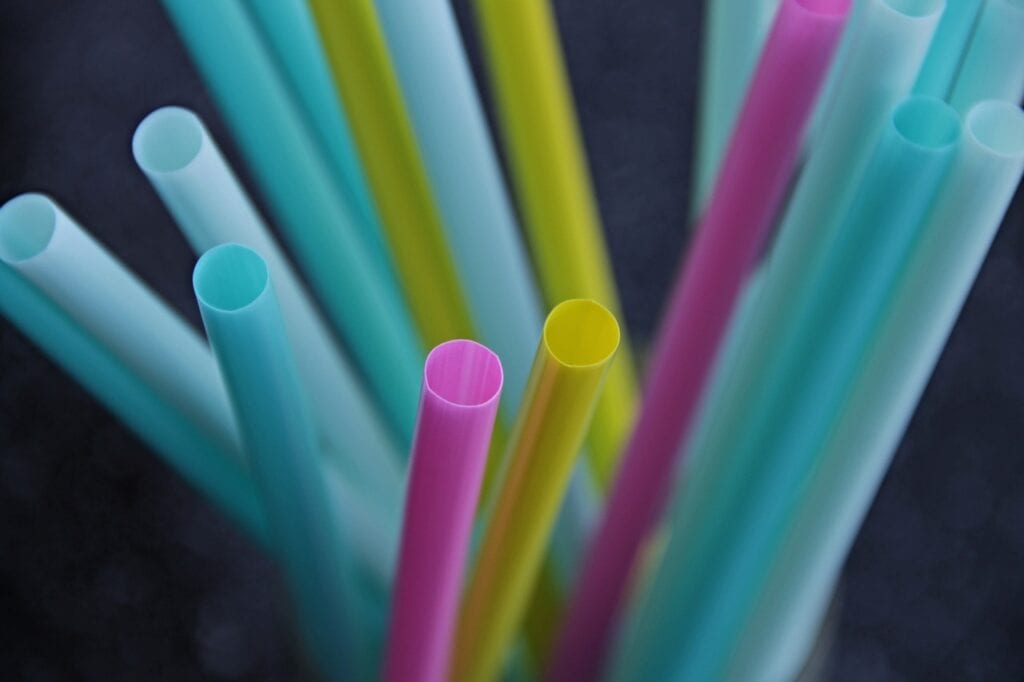
Plastics are a critical part of modern life. They can be found in everything from baby bottles to keyboards to shoes. One of the biggest drivers of plastic production is single-use plastics which make up things like soda and water bottles and food packaging. These plastics end up driving massive amounts of landfill volume each year. The number of plastics in the economy and their prevalence in average trash cans has many people wondering if plastic is recyclable.
Yes, plastic is recyclable, in general. But not all types of plastics can be recycled. In fact, only a few categories of plastics are highly recyclable. Many types of plastic are only marginally recyclable or only recyclable using rare and expensive means. How can you tell which plastics are recyclable and which are not? It is all about the number. Plastics are identified by numbers that tell what type they are.
You can look to see what recycling category plastic has by looking for the recycling symbol. Each recycling mark will have a number that corresponds to the type of plastic you are dealing with. Each category of recyclable plastic is recycled in a different way and for different reasons. Here are the plastics that can be recycled and the ones that cannot.
The 4 Recyclable Plastics
1. PET (#1)
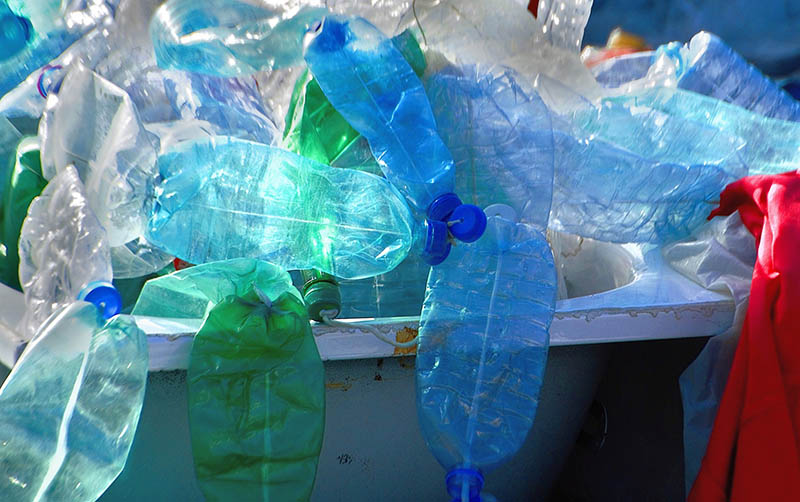
PET plastic stands for Polyethylene Terephthalate. PET is denoted by the #1 on the recycling symbol. Sometimes, it may even say PET specifically. PET is one of the most heavily used types of plastic in the world. It makes up a bulk of the single-use plastics on the market today. PET can easily be recycled, and you are encouraged to do so. To recycle PET, all you have to do is drop it in the nearest blue recycling bin.
If you see the #1 recycling mark, you should try and recycle the container if possible. You should never reuse PET containers because they are designed for one use only and reusing this type of plastic could expose you to harmful chemicals over time.
Many PET containers are recycled into new containers. Some countries in Europe and Asia have achieved over 50% recycling rates for PET which is impressive, but the United States has lagged far behind in these efforts.
- Soda bottles
- Two-liter bottles
- Juice jugs
- Milk containers
- Water bottles
2. HDPE (#2)

HDPE stands for High-Density Polyethylene, and it is indicated by a #2 inside the recycling symbol and sometimes an HDPE label. HDPE is perhaps the second most used plastic in the United States. HDPE is similar to PET in its structure and strength. However, PET plastic is generally clear, while HDPE plastic is usually pigmented and opaque. Still, most HDPE bottles can be recycled, and most plastic recycling centers will take HDPE without a second thought.
HDPE recycling can generate new HDPE containers or downcycled. Downcycling takes products and breaks them up into component parts that are used in different types of products. For example, an HDPE bottle might be broken down and turned into pellets that are then used in a plastic park bench made from recycled materials.
- Motor oil bottles
- Laundry detergent jugs
- Household cleaning bottles
3. LDPE (#4)
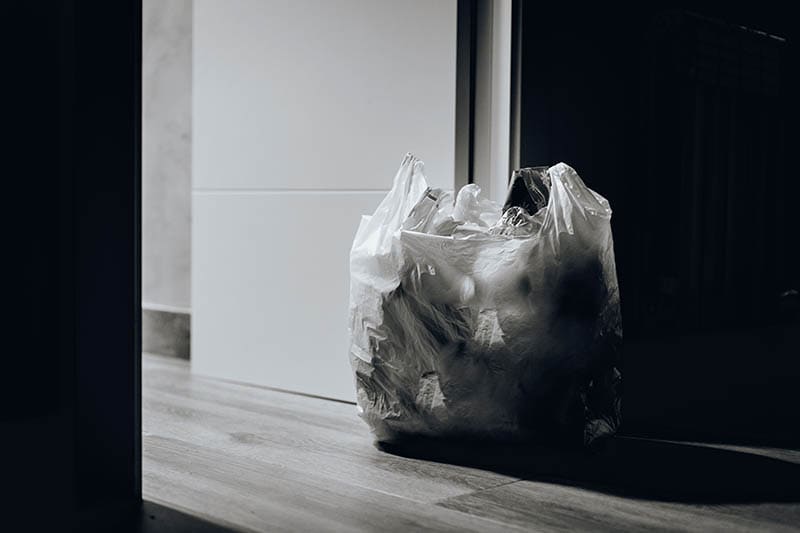
LDPE stands for Low-Density Polyethylene, and it is the cousin to HDPE. LDPE is a thin and flexible plastic that is immensely reusable. It is denoted by the #4 in the recycling symbol. The best example of LDPE is plastic bags that you get at your local grocery store.
LDPE is technically recyclable, but the recycling process is specialized, and you cannot put plastic bags into a regular recycling bin without causing problems. Many grocery stores across the United States will take back plastic bags and send them to special centers where they are prepared for recycling or reuse. Trying to bring your plastic bags back to the grocery store is your best bet at getting them recycled.
Plastic bags can also be reused in a number of ways or used in certain arts and crafts at home.
- Plastic bags
- Shrink wrap
- Garment bags
- Packing film or liner
4. PP (#5)

PP, or Polypropylene, is a type of plastic used in many different food containers. It’s denoted by the #5 inside the recycling symbol and usually has PP somewhere near the symbol. PP plastics are thin and lightweight. Polypropylene is technically recyclable. However, most recyclers won’t bother recycling PP plastics because they are too lightweight and thin to get much use out of.
Instead of investing the money it would take to turn polypropylene back into another viable product, most facilities simply sort it out and throw it away. PP also has an issue where it absorbs the smell of the food that it was used to package, making it hard to get a neutral-smelling product during the recycling process.
Polypropylene takes about 30 years to break down in a landfill. Americans only properly recycle 2% of polypropylene products annually.
- Potato chip bags
- Cottage cheese containers
- Yogurt cups
- Plastic cereal bags
The 3 Non-Recyclable Plastics
1. PVC (#3)
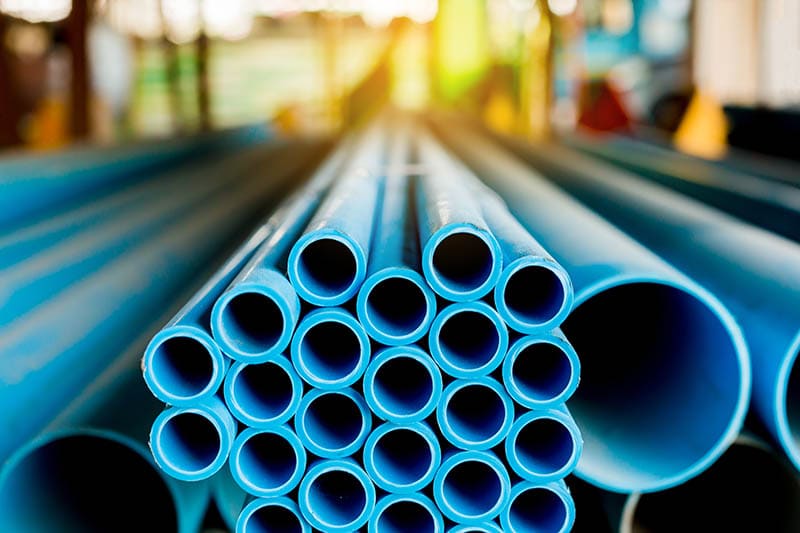
PVC is a very versatile and useful material, but it is not very recyclable. Polyvinyl chloride is a #3 plastic and may not have a recycling symbol on it because anything with the #3 should not be recycled by normal means. PVC can leak dangerous chemicals if recycled. These products cannot be melted or torn down into safer and reusable materials.
In Europe, there are growing initiatives to be able to recycle PVC back into reusable PVC products, but the process is still ongoing and mainly in a commercial setting.
- House pipes
- Vinyl siding
- PVC signs
2. Polystyrene (#6)
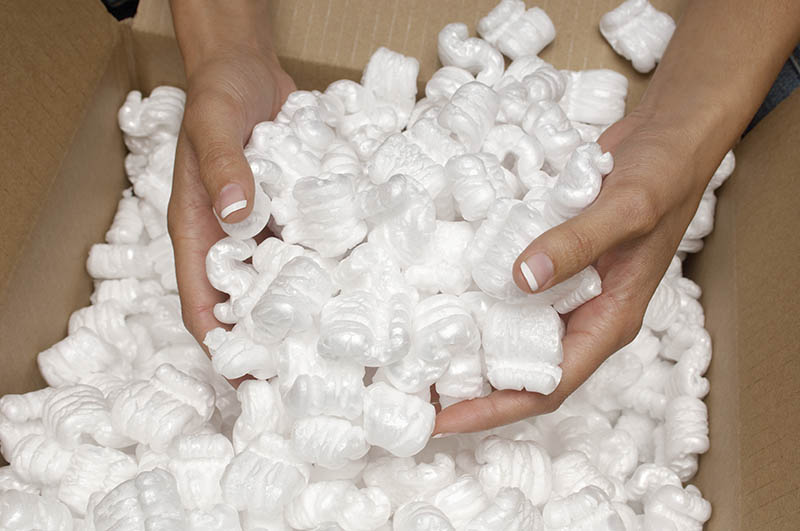
Polystyrene, or PS is a very, very light plastic that is used in things like Styrofoam. It’s identified as a #6 plastic and may not have a recycling symbol on it. Polystyrene is almost impossible to recycle because it is hard to transport. Since it is so light, trucks can’t carry it effectively. Imagine trying to drive a dump truck or a garbage truck filled with packing peanuts. Polystyrene likes to fly away. Even if it does get to recycling centers, it has to be massed altogether in one place and then crushed into usable cubes or sheets. Most facilities do not have the time, money, or willpower to gather flimsy PS plastics into one container and try and form them into something transportable or usable. Therefore, polystyrene is largely unrecyclable.
- Packing peanuts
- Styrofoam drinking cups
- Take out boxes
3. BPAs (#7)
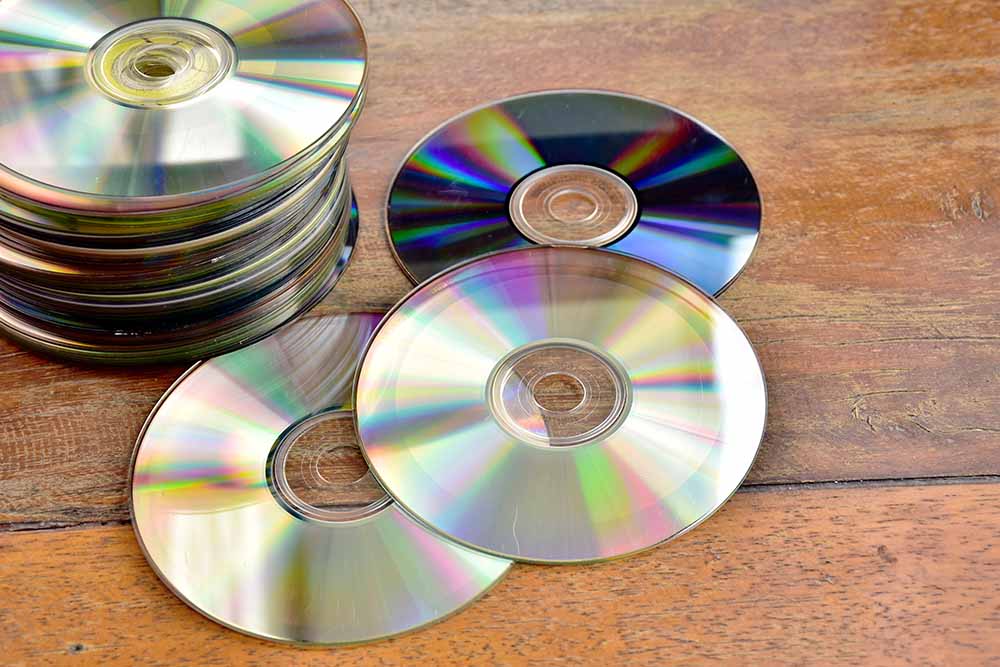
BPAs are a byproduct of certain types of plastics, especially polycarbonate plastic and certain resins. BPAs are very harmful, and they will quickly ruin any batch of recycled materials. BPAs, and anything else in the #7 plastic category, should never, ever be recycled. BPAs and most polycarbonate plastics are marked as non-recyclable due to the chemical makeup of these products. If you see any plastic marked with BPA or #7, don’t put it in a recycling bin.
Most recycling experts caution people to completely avoid trying to recycle #6 and #7 materials completely.
- CDs
- Plastic lenses
- Automotive body parts and interior pieces
Conclusion
Many plastics are recyclable, but not all of them are. Common plastics like PET plastic bottles and most jugs are recyclable. It is recommended to try to recycle as many of these plastics as you can to help cut down on waste. However, some plastics cannot be recycled. When in doubt, check the label and/or recycling symbol found on most plastic items to see what it is stamped with. Numbers one and two are the most recyclable, while numbers six and seven are unrecyclable.
See also:
- Are Plastic Straws Recyclable? How Do You Properly Dispose of Them?
- Is Plastic Wrap Recyclable? How Is It Properly Disposed?
Featured Image Credit: manfredrichter, Pixabay
Contents

